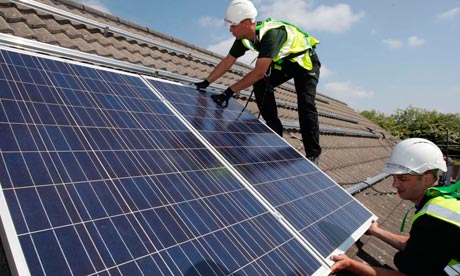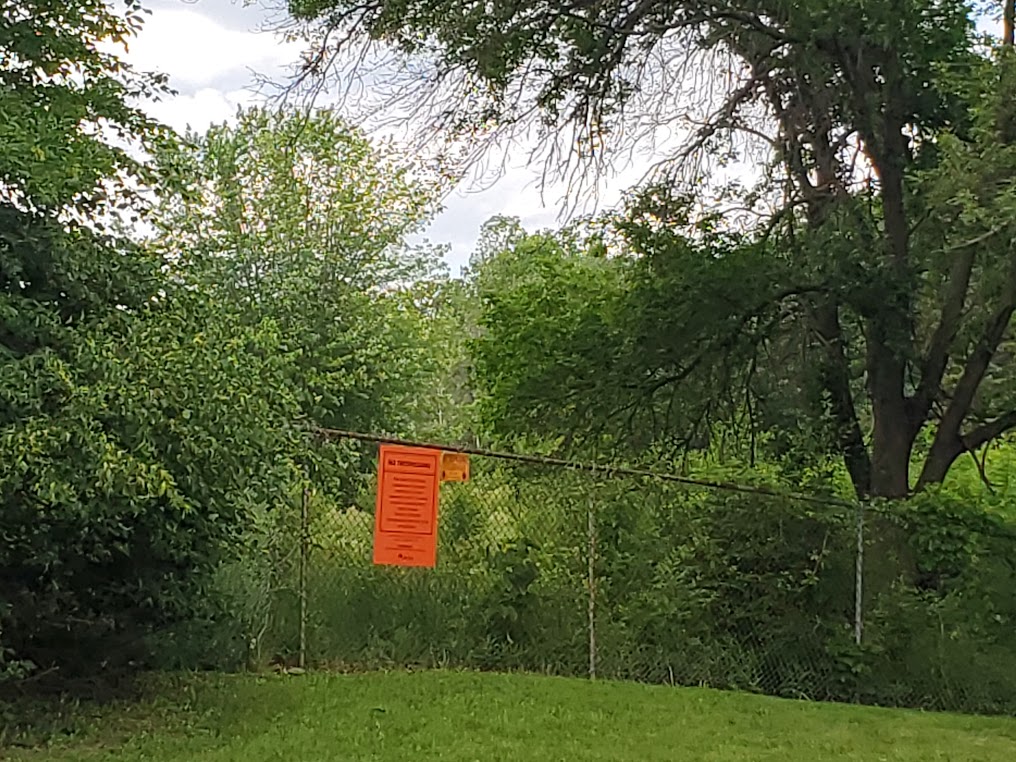
Matt Doll, Minnesota Environmental Partnership
In a departure from our usual MEP voice, this column has been written from the author’s personal perspective.
I’ll forgive you if you’re not familiar with St. Paul’s Greater East Side, the area of the city that I call home. Though it’s an area with a rich culture and history, our landmarks aren’t necessarily the best known in the Twin Cities. Today, a new development is poised to change that, to make it the home of a bright spot in climate action: a project called the Heights. This development of an urban brownfield has the chance to be one of Minnesota’s greatest opportunities to show how to accomplish sustainable development.
A little background
The Greater East Side is a square-shaped community of about 30,000 people, or one in ten St. Paulites. It’s a working class area, one of the youngest and most diverse in the entire state. Successive waves of newcomers have made a home here for generations, most recently and notably the Hmong-American community. Once Dakota land, it features high hills on one end and the now-underground Phalen Creek on the other. There are schools, stores, parks, places of worship, and all different types of housing, intersected by roads, rails, and several bus lines.
For most of a century, it was also home to the Hillcrest Golf Course, a hilly 112-acre plot of greens and trees between residential neighborhoods and the suburb of Maplewood. For some years, starting in the years when the Twin Cities was a hotbed of anti-semitism, it was St. Paul’s only Jewish golf course. It changed hands several more times until finally being sold to the St. Paul Port Authority by the local Pipefitters union.

Golf, unfortunately, isn’t the most environmentally-friendly of land uses, despite the trees and shrubs. Decades of using mercury to manage weeds and fungi have turned most of the site into a brownfield, currently unsafe for human uses. The mercury has contaminated the soil and two of the site’s small wetlands. At the moment, the course is more or less a fenced-in, polluted hole in the community. And that empty space is a big opportunity.
The carbon-free dream
The Port Authority, the City of St. Paul, and residents like me have big dreams about how to fill it, dreams that include minimizing carbon emissions on one of the most ambitious levels ever attempted. If all goes well, this development – now known as the Heights – won’t just be a sustainability trailblazer in St. Paul, not just in Minnesota, but in the entire world. By building in solar power, geothermal heating and cooling, highly efficient buildings, and advanced management of stormwater, the Heights will be an example for thousands of other communities to follow.
In the interest of full disclosure, I’ve been a booster for this site since early in the process. I’ve showed up at the neighborhood events, filled out the surveys, and participated on a workgroup to help develop and finalize the sustainability plan for the site. My perspective on the Heights is one of many, and I’m not an expert on all of the housing and economic development aspects of the plan, but the sustainability angle has deeply impressed me.
Earlier this month, the St. Paul City Council approved the Hillcrest Master Plan and zoning updates for the site, the broad blueprint that will allow the Port Authority to move forward with more specific plans. The Council and the relevant city commissions took input from residents, local business owners, and housing and sustainability advocates on what needs to happen to make the site a success. No one has gotten 100% of what they wanted, and some of the details on housing stock, businesses, and outdoor spaces have yet to be decided. But the move forward is an exciting one at a time when climate action is more urgently needed than ever.
A climate action model
The Port Authority and the City’s intention for the development is carbon neutrality, using the U.S. Green Building Council’s platinum-level LEED certification for Cities and Communities as its framework. This certification covers the materials used, energy consumption and generation, water infrastructure, waste, natural systems, and other related categories.
In order to achieve this bold, necessary goal, the Master Plan calls for low-carbon materials (as opposed to intensive ones like concrete) in buildings wherever possible, as well as well-insulated and otherwise highly efficient construction. Wherever possible, energy will be generated on the site with solar panels and geothermal systems to avoid the use of fossil fuels, and may be managed with a district energy system to maximize efficiency. The use of fossil gas will be avoided wherever possible in favor of safer carbon-free technology.
Land use will also benefit the site’s carbon neutrality and ecological benefits. While most of the trees currently on the golf course will have to be removed as part of the soil remediation, the species that will replace them will be chosen for their ability to sequester carbon and adapt to climate change. Wherever possible, landscaped areas will be planted with native vegetation friendly to pollinators and wildlife. The wetlands that can’t be saved due to mercury will be replaced on site and integrated into parkland and a green stormwater management system.
At each stage of the public input process, transportation was brought up as one of the stickiest and most important sustainability issues the site faces, especially given that it’s Minnesota’s number one source of carbon emissions. The area isn’t yet directly served by public transit, and the bike and pedestrian connections need improvement, so in the long-term, working with Metro Transit, Ramsey County, and the city will be essential. Installing electric charges will help mitigate the vehicle miles we can’t replace with transit, biking, and walking.
The development’s land use is also projected to help with transportation emissions. By locating entry-level, well-paying light industrial and other jobs on part of the site, the Heights will provide job opportunities within walking distance to new residents and longtime neighbors. It can’t guarantee that the employees will all be local, but it will certainly help in a neighborhood where two-thirds of all workers have a commute of 20 minutes or more.
All in all, the Greater East Side will gain approximately 1,000 units of housing and 1,000 jobs, new parks and other green space, and new connections to Maplewood – all while tackling the climate crisis head on.
What needs to happen
Because this type of sustainable development is unprecedented, it’s going to take funding from various sources to get it underway. Though infrastructure like roads can be funded with sales of the land to interested buyers – who have already begun to emerge – the site will need both public and private support to get it done. The Legislature will need to be convinced that this project is worth investing in.
Whatever the final price tag, this project will be well worth it. I write that not just because I’ll get to enjoy the benefits of the site directly, but because it will be an example, a template for what the world needs to do to confront the climate crisis in a way that protects future generations. What we do on the East Side will matter to the world. It might even help to fix it.
For previous columns, visit mepartnership.org/category/blog/. If you would like to reblog or republish this column, you may do so for free – simply contact the author
It looks like there are enough alternatives to concrete out there that there should be no need at all for concrete. Are you keeping an eye on this?